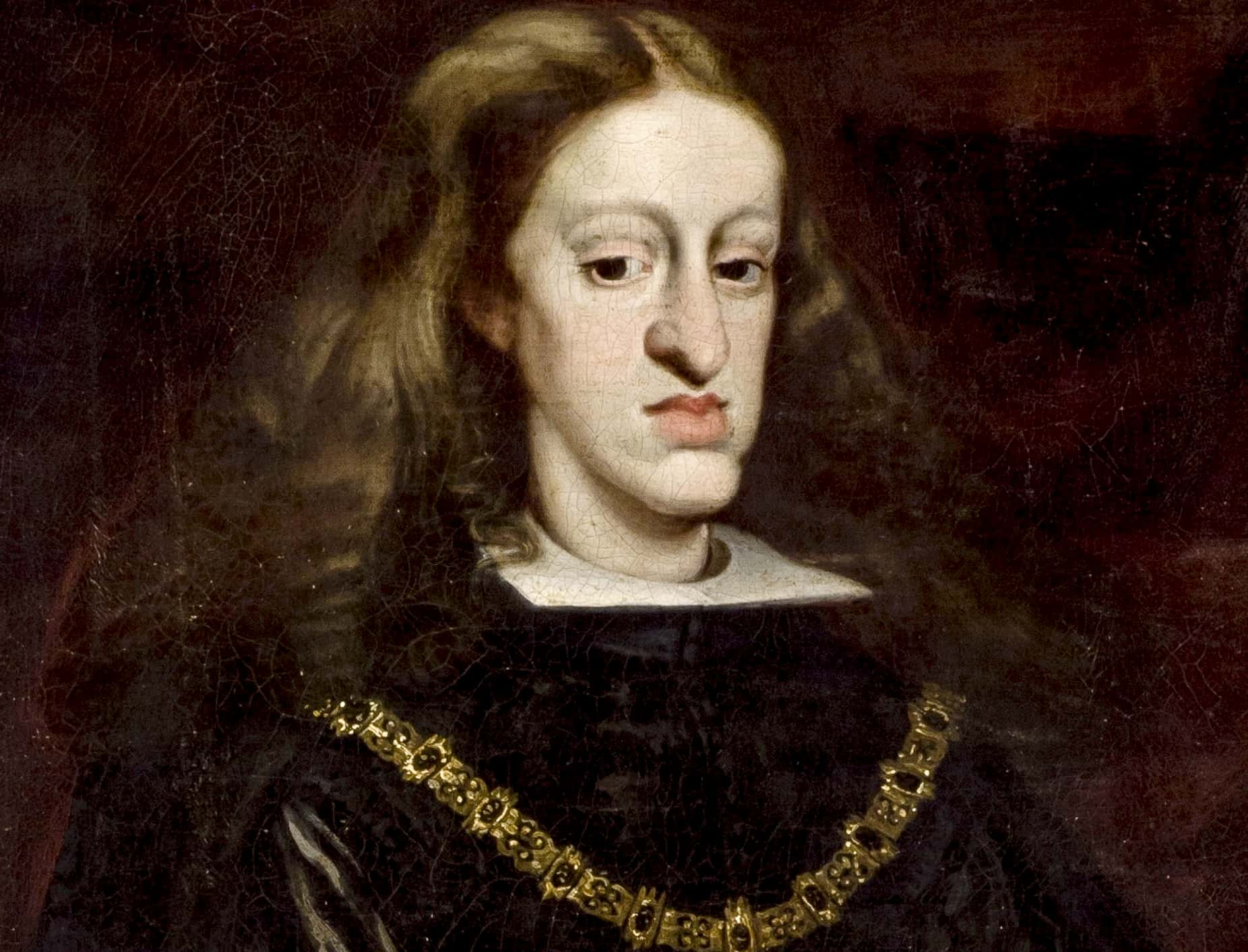
Infighting between those who ruled in Charles' name did little to help but it is debatable how far they or he can be held responsible for long-term trends predating his reign the Monarchy proved remarkably resilient and when Charles died remained largely intact. However, the 17th century was a period of crisis for many European states and Spain was not alone in facing these problems. Spain declared bankruptcy nine times between 15, including 1647, 1652, 16. This made it hard to enact reforms or collect taxes and government finances were in perpetual crisis. The Kingdom of Spain comprised the two Crowns of Castile and Aragon, each with very different political cultures and traditions. After centuries of mutual support, this left the Spanish Habsburgs fighting the 1635-1659 war with France, and a Portuguese revolt, which only ended in 1668. The 1648 Treaty of Westphalia recognised the Dutch Republic and ended the 1568-1648 Eighty Years' War, but also agreed peace between the Austrian Habsburgs and France. When Charles became King in 1665, the Spanish Empire or 'Monarchy' remained an enormous global confederation in terms of territory, but decades of war ended Spain's supremacy in Europe. However, foreign observers such as the Marquess of Torcy reported his mental capacities remained intact. Regardless of the cause, Charles suffered ill-health throughout his life and has been described as "short, lame, epileptic, senile and completely bald before 35, always on the verge of death but repeatedly baffling Christendom by continuing to live." In his case, the so-called Habsburg lip was so pronounced he spoke and ate only with difficulty, did not learn to talk until the age of four or walk until eight. However, "evidence supporting inbreeding as an important factor in the extinction of the Spanish Habsburg lineage not conclusive it has not been demonstrated disabilities suffered by Charles II were caused by detrimental recessive alleles inherited from common ancestors." It has been suggested he may have had the endocrine disease acromegaly and a combination of rare genetic disorders often transmitted through recessive genes, including combined pituitary hormone deficiency and distal renal tubular acidosis. The impact of this is not fully understood, and his elder sister Margaret Theresa did not have the same issues. All eight of his great-grandparents were descendants of Joanna and Philip I of Castile. Philip and Mariana were uncle and niece, making Charles their great-nephew and first cousin respectively, as well as their son. The Habsburgs achieved their prominence due to advantageous marriages, and protected their holdings by frequent intermarriage between the Spanish and Austrian branches. The only surviving son of his father's two marriages, he was given the title Prince of Asturias, traditionally held by the heir to the Spanish throne. Early lifeĬharles was born in Madrid to Philip IV of Spain and his second wife, Mariana of Austria. Disputes over the inheritance led to the War of the Spanish Succession.

His will named his successor as 16-year-old Philip of Anjou, grandson of Louis XIV and Charles's half-sister Maria Theresa. He died childless in 1700 with no immediate Habsburg heir.


 0 kommentar(er)
0 kommentar(er)
